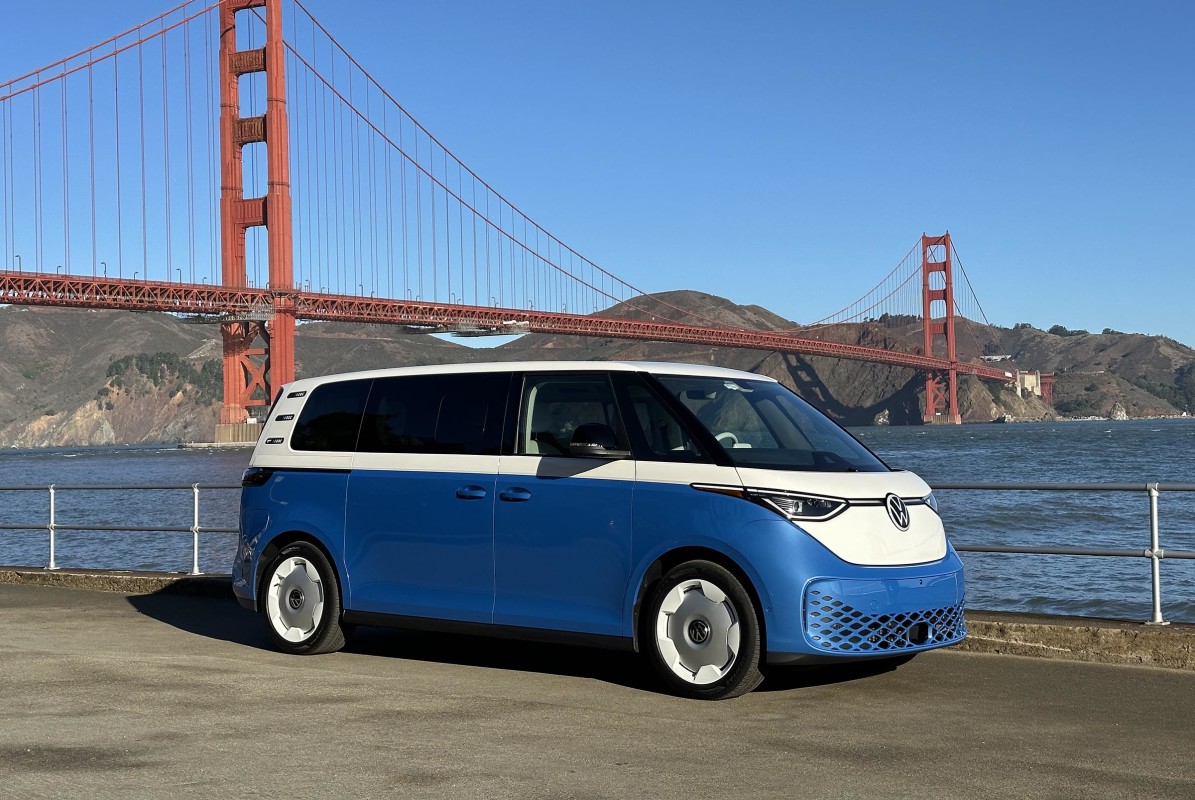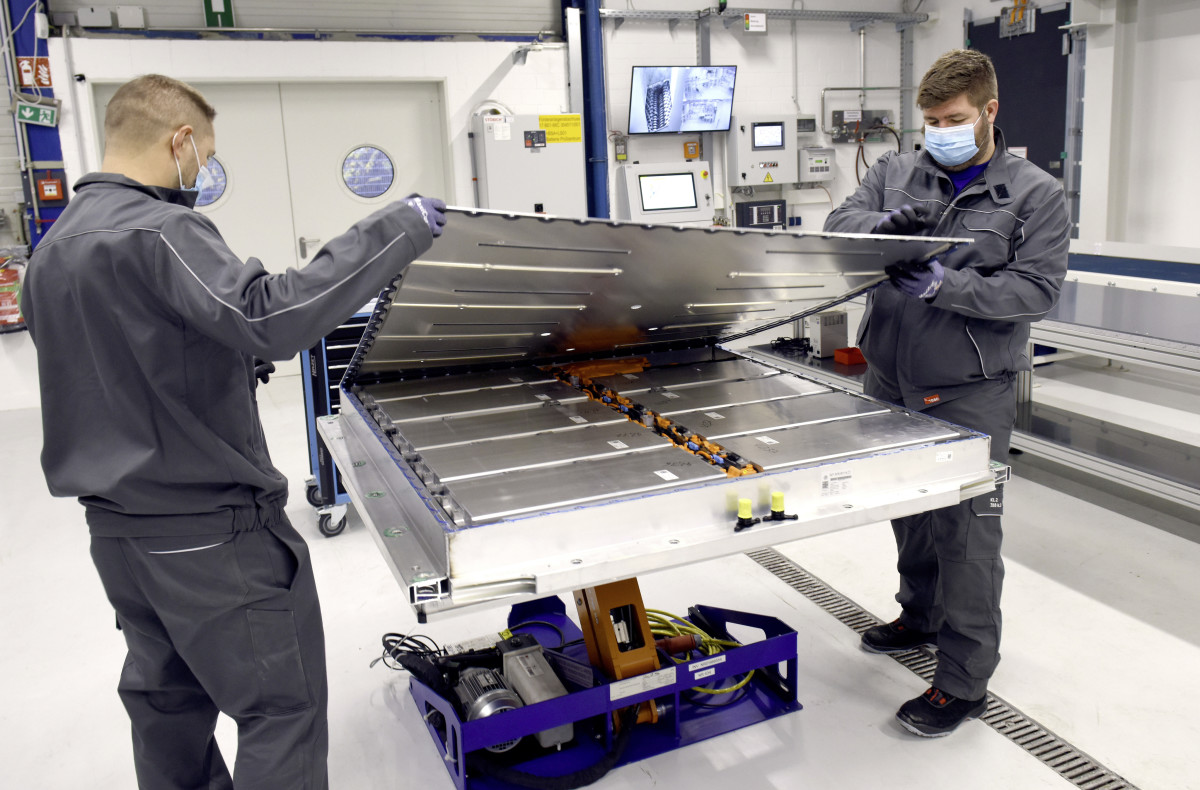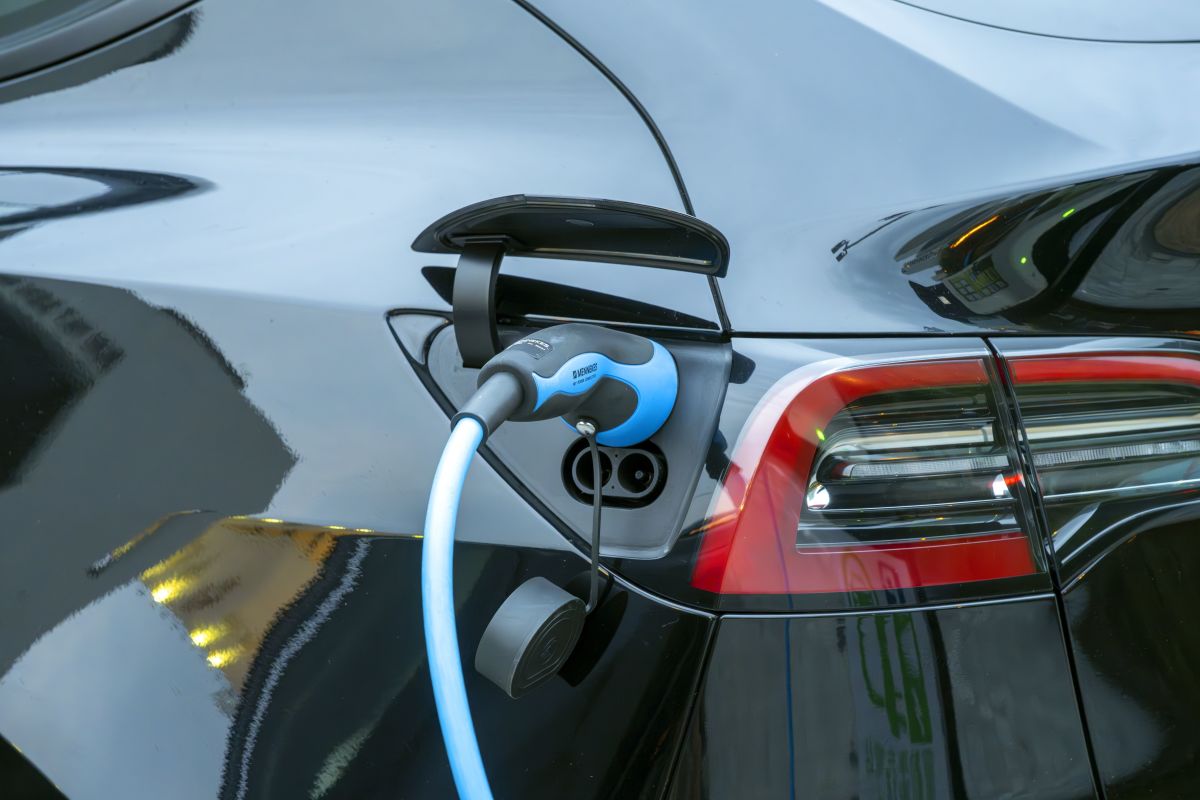Цахилгаан автомашины зах зээлд хүнд цохилт учруулах магадлалтай “One Big Beautiful Bill Act”
АНУ-ын Төлөөлөгчдийн танхимын Бүгд Найрамдахчууд “One Big Beautiful Bill Act” хуулийн төслийг баталж, одоо Сенатын шийдвэрийг хүлээж байна. Хэрэв Сенат энэ хуулийг өөрчлөлтгүйгээр баталбал цахилгаан автомашины үйлдвэрлэлд ноцтой асуудал үүсэх нь тодорхой байна. Принстоны их сургуулийн Zero Lab-ийн хийсэн судалгаагаар 2030 он гэхэд цахилгаан автомашины борлуулалт 40 хувиар буурах хандлагатай байгааг харуулж байна.

VW
One Big Beautiful Bill Act хуулийн төсөл цахилгаан автомашины зах зээлийг сүйтгэх эрсдэлтэй
Энэхүү хуулийн төсөл батлагдвал цахилгаан автомашины татварын хөнгөлөлтийг 2025 оны 12-р сарын 31-ний өдөр хүртэл үргэлжлүүлж, үүнээс хойш дуусгах юм. Хэдийгээр энэ нь 2025 он хүртэл борлуулалтыг нэмэгдүүлж болох ч урт хугацаанд цахилгаан автомашины зах зээлд сөрөг нөлөө үзүүлнэ гэж Принстоны судалгаагаар үзэж байна. Хуулийн төсөл нь зөвхөн цахилгаан автомашины татварын хөнгөлөлт төдийгүй, устөрөгчийн эрчим хүч, CO2 менежмент, цөмийн эрчим хүчний салбарт ч сөрөг нөлөө үзүүлж магадгүй юм.

How the One Big Beautiful Bill Act dampens EV sales
Энэхүү хуулийн төсөл батлагдсанаар АНУ-ын цахилгаан автомашины үйлдвэрлэлд томоохон цохилт болох нь тодорхой байна. Цахилгаан автомашины татварын хөнгөлөлт нь зөвхөн цахилгаан автомашины үйлдвэрлэлийг дэмжихээс гадна, түүхий эдийн эх үүсвэрийг дотоодын үйлдвэрлэлд ашиглах шаардлагыг хангаж байсан юм. Хэрэв хуулийн төсөл батлагдвал цахилгаан автомашины борлуулалт 40 хувиар буурч, үйлдвэрлэлийн хүчин чадал дутуу ашиглагдах магадлалтай байна.

Дүгнэлт
Цахилгаан автомашин сонирхогчдод татварын хөнгөлөлт, урамшуулал маш ихээр нөлөөлж байсан. Гэвч энэхүү хуулийн төсөл батлагдвал эдгээр урамшуулал, хөнгөлөлтүүд үгүй болж, цахилгаан автомашины борлуулалт, цэнэглэх инфраструкцийн хөгжилд сөрөг нөлөө үзүүлнэ. Цахилгаан автомашины зах зээлд гарч буй асуудлуудыг шийдвэрлэхийн тулд эдгээр хөнгөлөлт, урамшууллыг үргэлжлүүлэх нь зүйтэй юм.
Эх сурвалж:
Princeton Reports that Trump’s ‘Beautiful Bill’ Threatens to Decimate EV Growth by 2030
A new Princeton report warns that Trump’s “One Big Beautiful Bill Act” could severely hamper EV growth, potentially slashing sales by 40% by 2030.
Мэдээний дэлгэрэнгүй:
EV battery production might slow to a crawl, which would kill EV sales
House Republicans voted along party lines to pass Trump’s “One Big Beautiful Bill Act” late last week, leaving it up to the Senate to decide if the bill passes as written. If the Senate doesn’t amend the bill, the EV industry will be in deep trouble, with one analysis of the bill suggesting that sales of EVs could grind to a halt as battery production stalls.
Princeton University’s Zero Lab, which leads the energy and climate policy evaluation project known as the “REPEAT Project,” recently published a comprehensive report detailing the potential impact of federal policies on the energy transition in the United States. The analysis includes electrified vehicles, and Princeton’s findings are alarming. It suggests that by 2030, growth in EV battery manufacturing may be unnecessary, and sales of electric vehicles will decline by at least 40 percent.

VW
One Big Beautiful Bill Act could demolish the EV market
The bill, if passed as-is, would end EV tax credits on December 31, 2025, rather than on December 31, 2032. Tax credits ending at the end of the year would likely boost EV sales through 2025 but cause long-term damage, according to Princeton. In addition to raising energy costs for the home, the bill would “kill off the nascent clean hydrogen, CO2 management, and nuclear power sectors” as well as grind EV battery manufacturing to a halt.
“Without EV tax credits, planned battery cell manufacturing would result in large overcapacity,” it said, adding that new battery cell manufacturing expected to start in 2025 would bring U.S. battery production above 400 GWh per year, which is already above what would be needed under the bill.
Currently, battery cell production in the United States stands at 130 GWh, with an additional 299 GWh expected to come online by the end of the year. By 2030, another 436 GWh of battery cell production is planned. According to Princeton’s review, the One Big Beautiful Bill Act assigns the maximum capacity needed at 304 GWh. This means that at the end of the year, the United States will be overproducing by about 29 percent.
Additional battery production won’t even be necessary, Princeton said, noting that 29 percent overproduction is conservative, but the number could reach as high as 72 percent. While Princeton admits “quantifying [the full impact to the EV market] is beyond the scope of this report,” it cautions two massive effects on the broader supply chain: overall demand for electric vehicle assembly and battery cell and pack manufacturing will drop sharply, and the “loss of the battery component and critical minerals sourcing requirements enshrined in the 30D new clean vehicles tax credit would further reduce demand for battery inputs produced in the United States.”

How the One Big Beautiful Bill Act dampens EV sales
The 30D tax credit applies to clean vehicles built in North America, with battery components sourced from North America, and which use critical minerals (such as lithium) produced, processed, or recycled in North America. A 45X Advanced Manufacturing Production Tax Credit incentivizes companies to build the infrastructure necessary for manufacturing, processing, or recycling batteries stateside. In tandem, these tax credits incentivized over $85 billion of capital investments in EV and hybrid assembly and battery manufacturing in the United States, putting over 100,000 Americans to work.
Without tax credits, demand for electric vehicles wanes significantly, according to Princeton. The United States is expected to manufacture between 7 million and 7.1 million electric vehicles through 2030. Currently, the demand for EVs is expected to be between 6.2 million and 8.8 million. If the bill passes, demand could drop to somewhere between 1.8 million and 4.5 million vehicles, representing a 40 percent decline— or worse. Like with batteries, EV manufacturing in the United States could grind to a halt if not reverse substantially.

Final thoughts
Incentives and tax breaks have attracted many consumers to electric vehicles, and this bill threatens to eliminate that. Moreover, EV charging infrastructure is driven by EV sales, so if people aren’t buying new EVs, expect EV charging station providers to stand still on growing and improving their networks.
